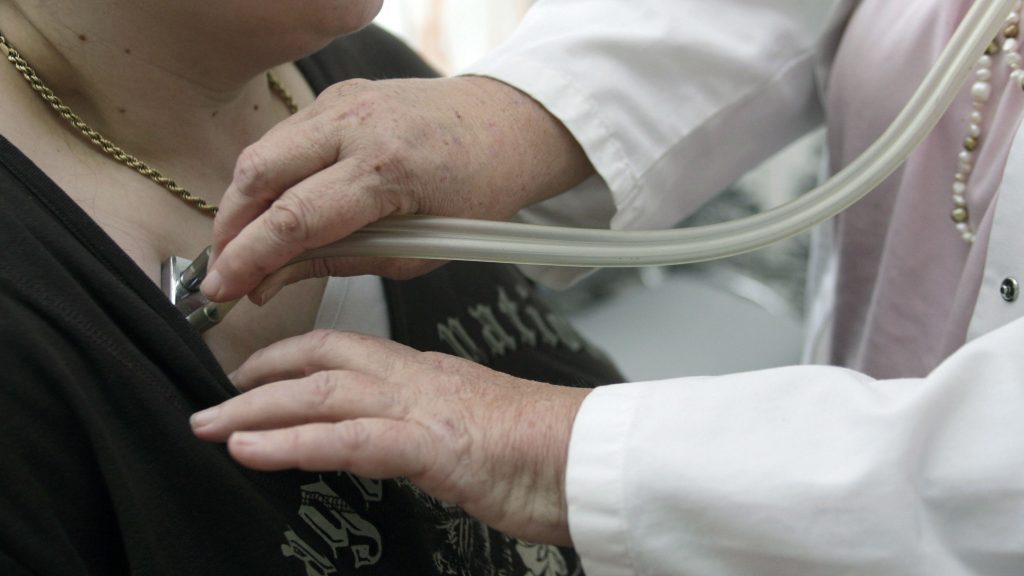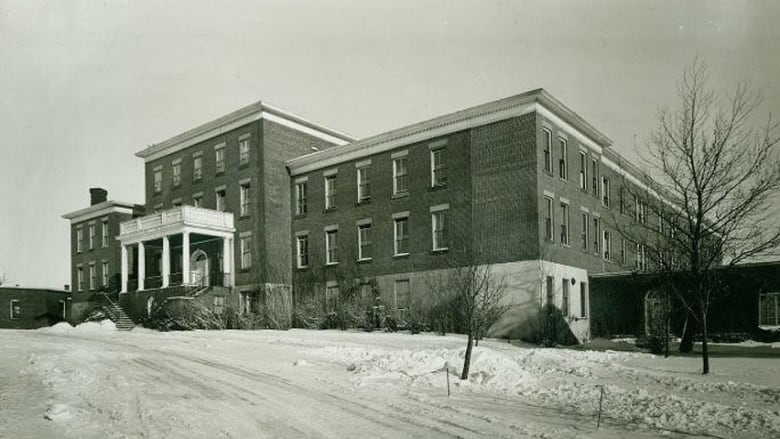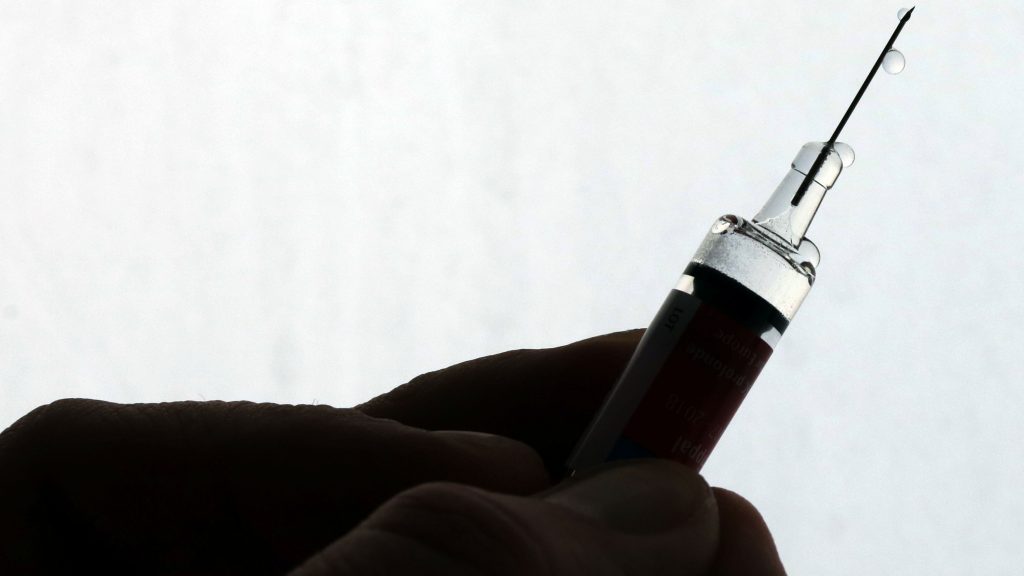Why are the tuberculosis rates in the Canadian Arctic 290 times those in the rest of the country?

Prime Minister Justin Trudeau today apologized in Iqaluit, Nunavut for the way the Canadian government treated Inuit patients with tuberculosis in the 1940s, ’50s and ’60s. In actions reminiscent of the Sixties Scoop, and of the government forcibly sending Indigenous children to residential schools, thousands of Inuit patients were taken from their communities by the government and brought south for treatment.
But many of them died, and no one ever told their families what happened or where they were buried.
Canadians may think of tuberculosis as a disease of the past. But it is still one of the top 10 causes of death worldwide. And it is still a serious disease in this country — especially for people living in the North.
What is tuberculosis?
Tuberculosis, or TB, is a highly infectious and contagious disease caused by a germ called Mycobacterium tuberculosis that mainly affects the lungs.
- Coughing for more than three weeks
- Coughing up blood
- Chest pain with breathing or coughing
- Weight loss
- Fatigue
- Fever
- Night sweats
- Chills
It can also affect the kidneys, spine and brain.
If it is not diagnosed quickly, it can spread more easily and people wind up with much more advanced cases of the disease.
How do you get it?
The bacteria that cause tuberculosis spread from one person to another through droplets released into the air — by coughing, sneezing, laughing, spitting, or even just talking.
According to the Canadian Public Health Association, at the time of Confederation in 1867, tuberculosis was the leading cause of death in Canada. There was little that doctors could do other than to house patients in sanatoriums for months of rest.

With the discovery of streptomycin in 1946 — the first antibiotic that could kill the TB-causing bacterium — rates of infection finally started to slow. By the 1970s, the number of people in Canada infected with TB had greatly declined.
But with the advent of HIV and AIDS, which suppress the immune system, rates started to climb again in the mid-1980s.
How common is it today?
According to the World Health Organization, there were more than 10 million new cases of TB diagnosed around the world in 2017.
According to Dr. Anna Banerji, a pediatric infectious and tropical disease specialist at the University of Toronto, about a third of the world’s population has TB, but the infection is latent or dormant, and doesn’t cause active disease.
The Public Health Agency of Canada (PHAC) says there were 1,796 active cases diagnosed in this country in 2017, up 2.6 per cent from 2016, when there were 1,750 active cases.
The rate of TB infection is 290 times higher in Canada’s North.

In actual numbers, there were 1,684 cases diagnosed in all of southern Canada in 2017. There were 112 in the three far less populated territories, including 101 in Nunavut alone.
According to data from PHAC, the average rate of infection in Canada’s ten provinces in 2017 was 4.46 per 100,000 people.
In Nunavut, it was 265.8.
The World Health Organization says the rate of infection in the world’s poorer nations is between 150 and 400, so Nunavut falls squarely in that range.
Why are people in the North more vulnerable?
There are several factors that contribute to the much higher rates of infection in the North.
“Many Inuit people live in overcrowded homes that are poorly ventilated … they’re very airtight,” said Banerji, who has researched respiratory infections in babies in Canada’s Arctic for many years. “Also, there is quite a bit of poverty, which can make tuberculosis worse. Malnutrition can exacerbate tuberculosis.”
Poor access to health care, or issues of not feeling safe going to an outpost nursing centre or a hospital, can also be factors.
And there is another possible factor Banerji believes needs further study.
She says Inuit babies have the highest rate of respiratory syncytial virus (RSV) in the world. Banerji says Nunavik, the northernmost region of Quebec, provides the RSV antibody to babies but the government of Nunavut does not.
She wonders if there is a connection between high RSV rates and TB.
“It’s just to say that a lot of respiratory disease is over-represented in Inuit populations,” she said. “Babies or people who have scarring or damage to the lungs probably are more susceptible to active tuberculosis.”
What about the antibiotics?
Though there are strains of tuberculosis that have become resistant, there are many that can be successfully treated with antibiotics.
But mistrust of Western medicine means too many patients aren’t even getting access to the antibiotics that might work. It’s a problem rooted in colonialism.

“Many Inuit people have been impacted by colonialism, some people with residential schools, some people with the Sixties Scoop,” Banerji said. “Also, policies that have led to poverty and discrimination as far as employment and funding.”
And the treatment takes time, she says. Once you figure out what a patient’s TB is resistant to, it often needs to be treated with three or four different antibiotics over a long period of time because it’s a slow-growing organism. This can also be harder to do in the North, especially when it involves patients returning to far-away nursing stations or getting the required drugs shipped to remote locations.
What would it take to bring TB rates down in the North?
While Dr. Banerji believes a national strategy for food security and standards for housing would go a long way, there is another important challenge.
“We’re trying to get more medical schools to have Indigenous health as part of their curriculum. A lot of physicians and nurse practitioners are becoming more culturally safe. But some of them haven’t had a lot of education experience on Indigenous health.”
That’s started to change in recent years. In Canada, the University of Toronto, McGill, and the universities of Ottawa and Manitoba have made Indigenous health issues part of their students’ med school training.
Related links from around the North:
Canada: Canadian Inuit organization releases strategy to eliminate TB by 2030, CBC News
Finland: Cancer rates in Arctic Finland below average, YLE News
Russia: Mass vaccination against anthrax continues on Yamal Peninsula, The Independent Barents Observer
Sweden: Fewer people suffering strokes in Sweden, Radio Sweden
United States: Alaska TB rate dips but still among the U.S. highest, Alaska Public Media



